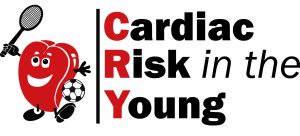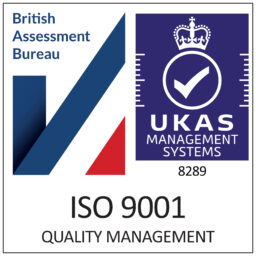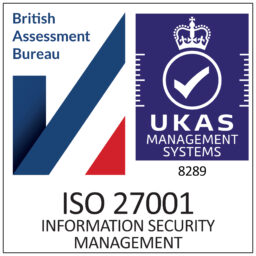Raghav T. Bhatia, Jan Forster, Melanie Ackrill, Nikhil Chatrath, Gherardo Finocchiaro, Saad Fyyaz, Hamish MacLachlan, Aneil Malhotra, Sarandeep Marwaha, Michael Papadakis, Liam Ring, Sanjay Sharma, David Oxborough & Dhrubo Rakhit
Read the full paper: here
Coronary artery anomalies (CAAs) represent a diverse spectrum of congenital anomalies of the origin of a coronary artery, or the course taken. Clinical presentation and outcomes are highly variable and include incidental findings, to more malignant CAAs associated with sudden cardiac death (SCD). Based on histopathological registries, nuances in study methodology and data primarily relating to young athletic individuals, CAAs have been identified as the underlying aetiology of SCD in up to 17% of cases. Furthermore, a potential age and predilection to physical activity may exist, whereby CAAs have been reported to account for 9% of deaths in athletic adolescent individuals, aged between 10 and 19 years, compared to 1% of non-athletic individuals.
The premise of cardiac screening in athletes is to detect and manage, often quiescent, cardiac conditions associated with young SCD, which includes a variety of structural and electrical cardiac disorders, including cardiomyopathies, ion channel disorders, congenital disorders and acquired cardiac conditions. Certainly, limitations exist whereby structural abnormalities such as CAAs are not identified on traditional screening modalities, which largely include a clinical consultation followed by a resting 12-lead ECG. Depending on the setting and screening algorithm in place, the addition of a resting transthoracic echocardiogram (TTE) may be the first time a CAA is identified or suspected.
At present, TTE assessment of the coronary arteries is not a formal requirement in the adult British Society of Echocardiography (BSE) syllabus and is not part of the BSE transthoracic minimum dataset. However, assessment of coronary anomalies is a mandatory skill in the BSE congenital accreditation and as part of cardiac screening of athletes.




